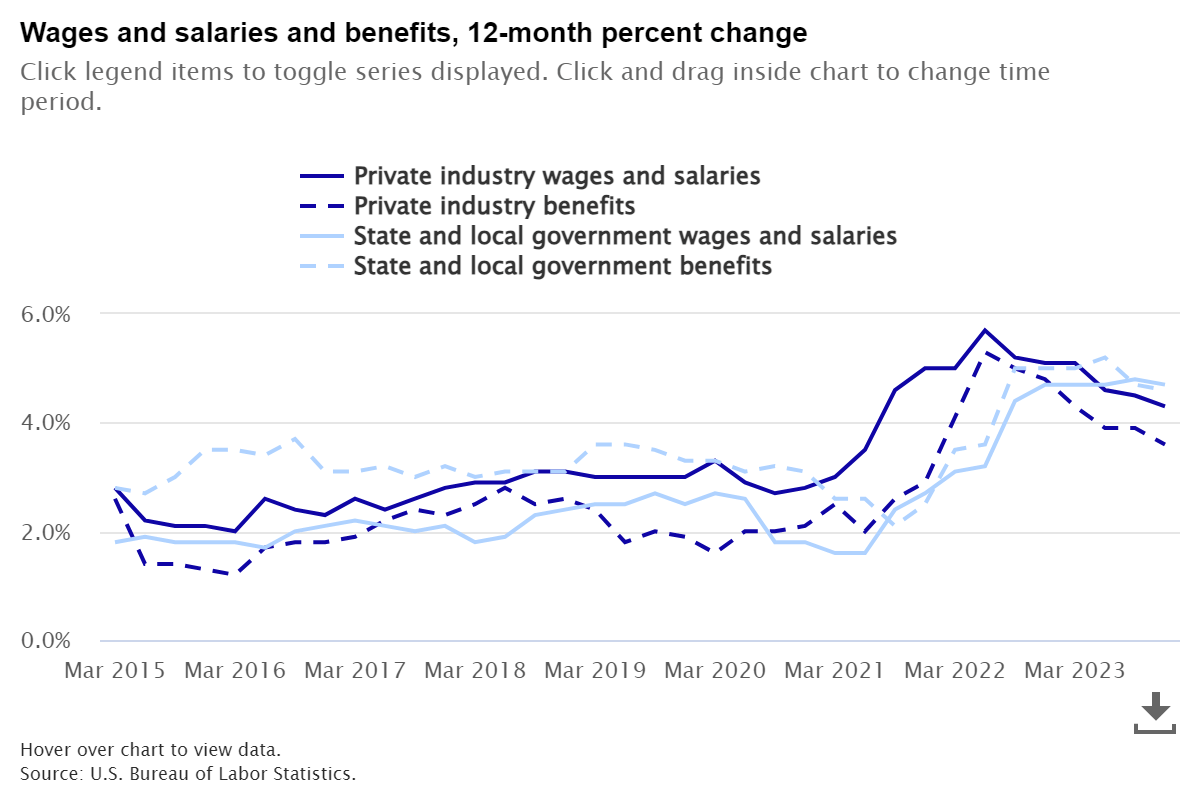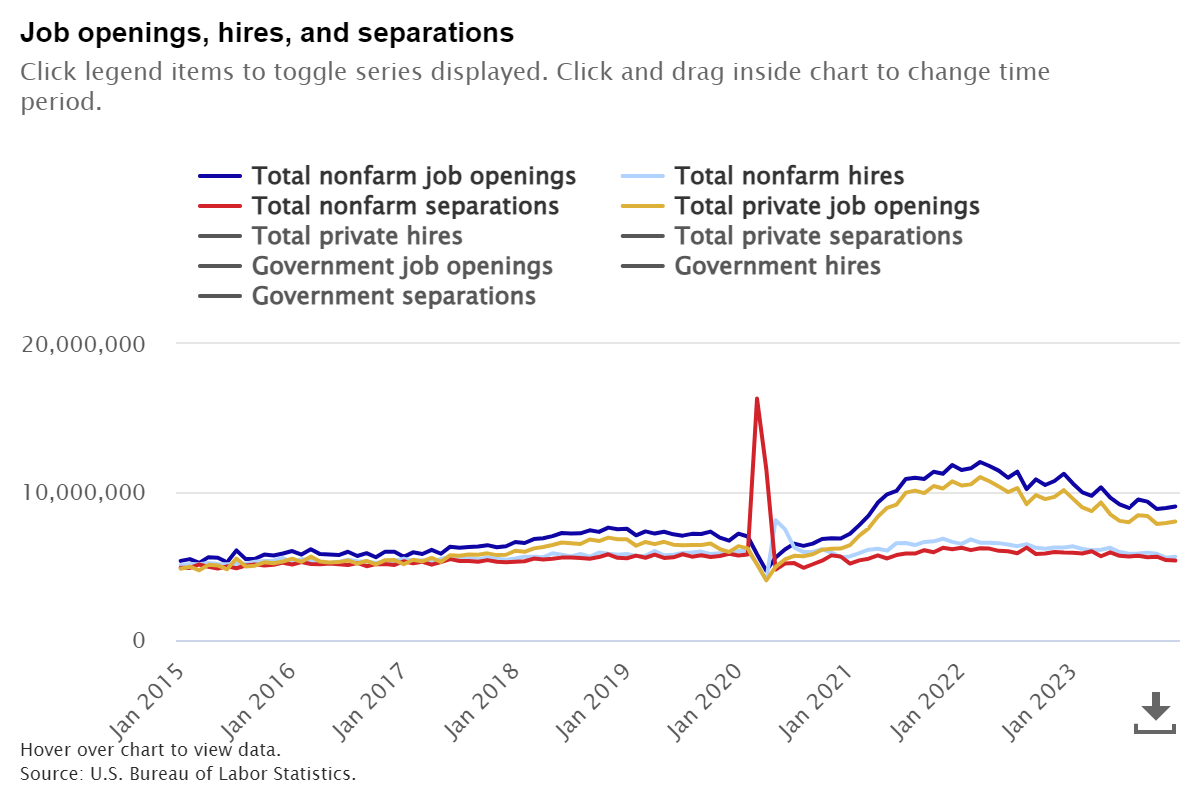How to Protect Your Most Valuable Resource
Table of Contents
(originally published in November 2022)
There is no doubt that COVID-19 has changed how people work as well as how businesses operate, maybe forever. While mailers were considered “essential workers” and continued to have necessary staff on premise throughout the pandemic, our industry was still hit hard, with reduced demand, running facilities with fewer staff and, at times, whole companies had to shut down due to illness and, sometimes, the tragic loss of life.
Working from home, Zoom, masks, PPP money, stimulus payments, kids telecommuting to school, etc. all became the norm and helped to change the fabric of how Americans (and the world) live in several ways.
I’ve worked remotely for the better part of the last 25 years, and while I wasn’t as dramatically affected, it still impacted me. The pandemic became a large part of daily conversation. Everyone had issues with postponed or canceled vacations, concerts, trade shows, and customer visits. Heart-wrenching stories of not having any way to reach or be with loved ones in hospitals or nursing homes tested nerves and made it hard for many to fully focus on work.
What’s next?
Change is often tough for many even in the best of times.
It’s no wonder that after the struggles, downtime, and upheaval since March of 2020, what has emerged is a dynamic shift in how we do business. Working remotely allowed many to become more productive: less driving time, reduced expenses with respect to gas and vehicle wear and tear, and the time getting to and from work, just to name a few.
While telecommuting isn’t for everyone (space can be an issue, kids were often also home, and some like the routine and social aspects of going to work then coming home), many found that working from home was preferred, if not all the time, then at least two or three days per week. Or, simply having more flexible hours was hugely helpful. Many sought jobs elsewhere if theirs reverted to pre-pandemic ways.
The following charts from the U.S. Bureau of Labor Statistics support the facts that wages and benefits are on the increase while job openings have risen sharply (even with the downward trend as of January):


Successful businesses have always been those which embrace innovation, discover ways to improve efficiencies (through automation, for example), simplify tasks, and do more with less to stay competitive, meet demand, and support future growth.
The recent reduction in the available workforce combined with an increase in demand for employees – as businesses ramp back up in a post-pandemic world – means that however lean they may be today, companies are fighting to attract and retain the more limited pool of human resources by offering remote and/or flexible hours, as well as better pay, better benefits, and safer and more satisfying work.
In the mailing industry, we’ve witnessed an acceleration of mergers and acquisitions as well as companies shuttering their doors and new partnerships developing as those left find new ways to help each other succeed.
Reviewing Maslow’s Hierarchy of Needs along with Employee Engagement allows us to visualize more easily, from the employee’s perspective, where they fall in the hierarchy. We can now find ways to create the best environment and promote a sense of security, respect, and productivity.
With a large section of the labor pool having experienced more fear, anger, uncertainty, and disruption during and since the virus spread around the globe, both in the workplace and at home, companies that focus on attracting, developing, and retaining employees are those which will be the most successful.
Finally, here is a snapshot of why it’s important to move employees up the hierarchy along with important ways to promote growth, self-esteem, and higher-level employee contribution and satisfaction in the workplace.
Why Creating a Positive and Productivity Environment Matters:
- Productive employees feel more empowered.
- Empowered employees approve of the culture and company, and want all to succeed.
- Those who see a bright future are proud to be there, and that spreads to others.
6 Ways to Help Your Workforce Move Up the Hierarchy:
- Offer remote (full or as many days as possible, depending on position) and/or flextime options.
- Provide better benefits, which may include one or more of the following:
- Paid Time Off (PTO)
- Matching 401(k)
- Better insurance options.
- Educate. Offer training to allow each employee to have a path to grow and develop talents.
- Listen. Actively seek ideas and feedback so employees feel heard and respected.
- Host regular meetings so employees feel connected and part of the team. They should be among the first to learn about:
- Enhancements in technology and processes
- Integration efforts (with any acquisitions and partners)
- Industry or customer-specific news
- Offer time off to volunteer, which helps people make a real and lasting difference in their communities.
Written by Lisa Leslie, Strategic Account Manager, BCC Software, a BlueCrest Company.
This article originally appeared in the September/October, 2022 issue of Mailing Systems Technology.




